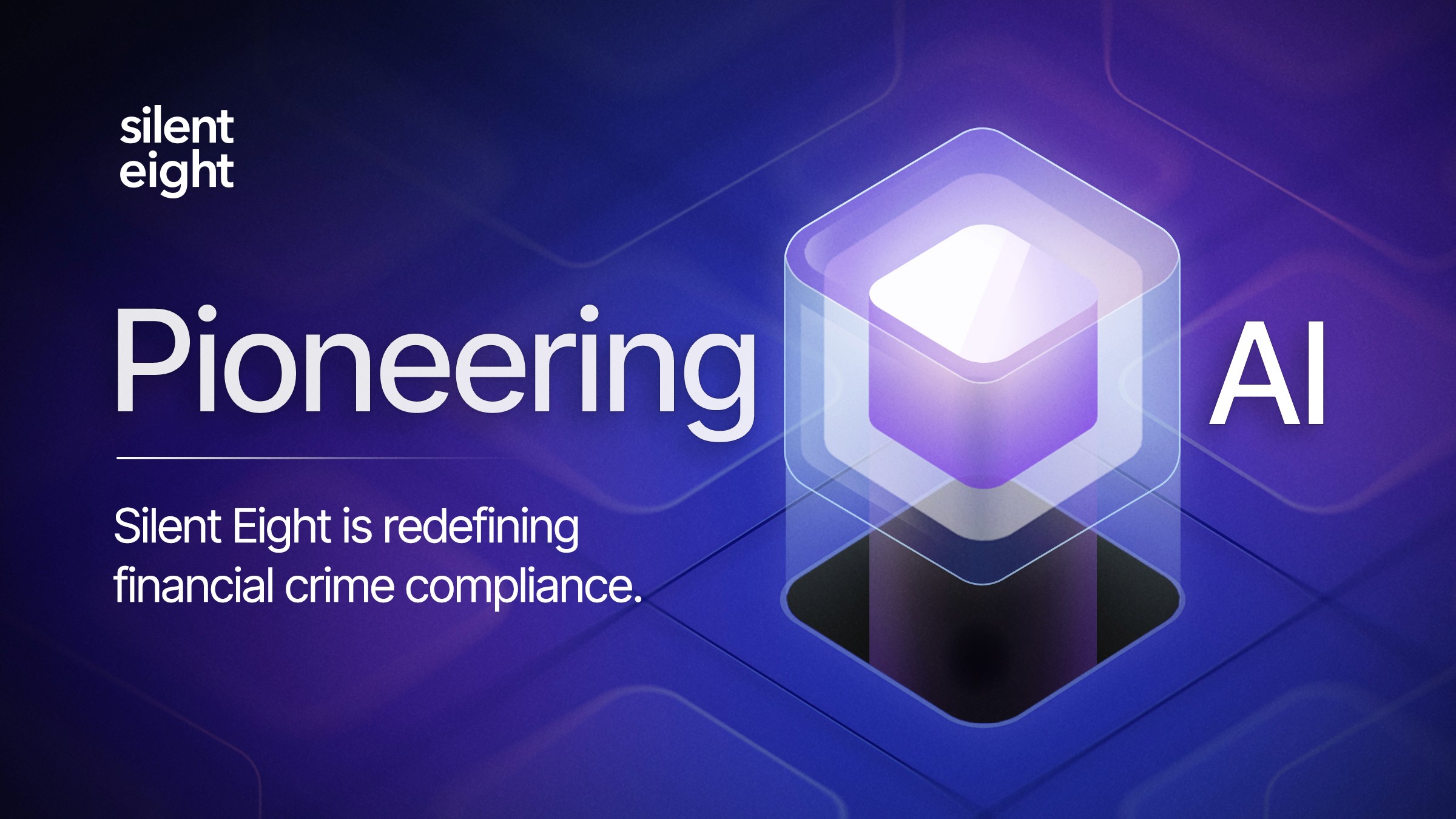March 24, 2025
The Rise of Agentic AI in Financial Services
Agentic AI has recently gained attention for its potential to disrupt a wide range of industries, including financial services. Some experts argue that Agentic AI is still in its early stages and faces challenges in reliability and governance. But for years, early adopters have successfully deployed Agentic AI in areas such as financial crime detection at large global banks.
Financial Institutions Tread Cautiously into AI Adoption
In general, the financial services sector is getting off to a slow start in AI adoption. Institutions are starting to adopt generative AI for some functions, although its use in compliance, risk and legal, at 21%, is still low compared to other business areas.

(Source: https://www.mckinsey.com/capabilities/quantumblack/our-insights/the-state-of-ai)
A Case Study: Silent Eight’s Role in Advancing Crime Detection
Silent Eight recognised early that Agentic AI could enhance existing crime detection efforts by supplementing human investigators. Agentic AI can multiply several times over the resources financial institutions have available to detect crime.
Impact on Large Banks: Improving Operational Efficiency
Large banks already using Agentic AI for crime detection are seeing reduced customer friction and faster processing times, benefiting overall operational efficiency.

Key Design Principles for Success
Early applications of Agentic AI at large global banks reveal key design principles that have driven its success. These cases also share the goal that Agentic AI should automate manual investigation processes so that financial compliance teams can be freed to focus on high-risk transactions.
A Customisable Solution
There are more than 150 regulatory agencies globally that oversee the activities of the financial services industry. Which regulatory framework applies depends on where financial institutions operate and the services they offer. AI agents deployed for financial services must be tailored to comply with these specific regulatory mandates.
It is crucial that the set of instructions or rules that determines how the AI agent behaves be fully customisable. These rules include decision-making logic (e.g., when to approve a transaction autonomously), constraints and boundaries (e.g., risk limits or regulatory restrictions), procedural guidelines (e.g., compliance checks and escalation protocols), optimisation goals (e.g., balancing risk and return), and interaction protocols (e.g., how and when AI agents communicate with human analysts). Together, these elements shape the agent’s behavior, ensuring it acts within legal, ethical, and business parameters specific to the financial institution’s objectives and regulatory environment.
The use of static or generic rules when designing a model could result in regulatory violations, exposing the firm to legal and financial risk.
Training and Refining the AI Model
Proper training of Agentic AI models is critical, particularly in high-stakes environments like financial services. Models should be designed strategically to ensure that they are safe and ethical when taking on complex tasks. One way to address this is to keep humans in the loop, throughout the training and deployment process.
The data to train an Agentic AI model must be high quality and carefully curated. In the case of banks, training data should come from the bank’s own past investigations conducted by human analysts and the decisions made to resolve them.
After training, the bank reviews the model’s learnings and adjusts the model’s best practices to align with the bank’s current policies. Past decisions that don’t align with evolving policies and practices are removed from the model.
Continuous Learning Loop
Properly designed Agentic AI models start with customisable rules to guide them. Once deployed, they continuously learn, and improve, from the client’s inputs and their updates. This means that, as new regulations are introduced or as patterns of financial crime emerge, the system "learns" from the analyst feedback and adjusts its behaviour accordingly. This allows organisations to be responsive to changes in regulatory frameworks, or their risk appetites, even without having to manually update the system every time.
The Future of Agentic AI in Financial Crime Detection
The use of Agentic AI in fighting financial crime will continue to grow, along with its ability to streamline compliance processes. With the right training, oversight, and continual learning, Agentic AI has already proven itself to be an invaluable tool in the fight against financial crime, and has the potential to provide many organisations with a more agile, scalable, and effective solution.
For more information please visit:
Share article
Latest news








